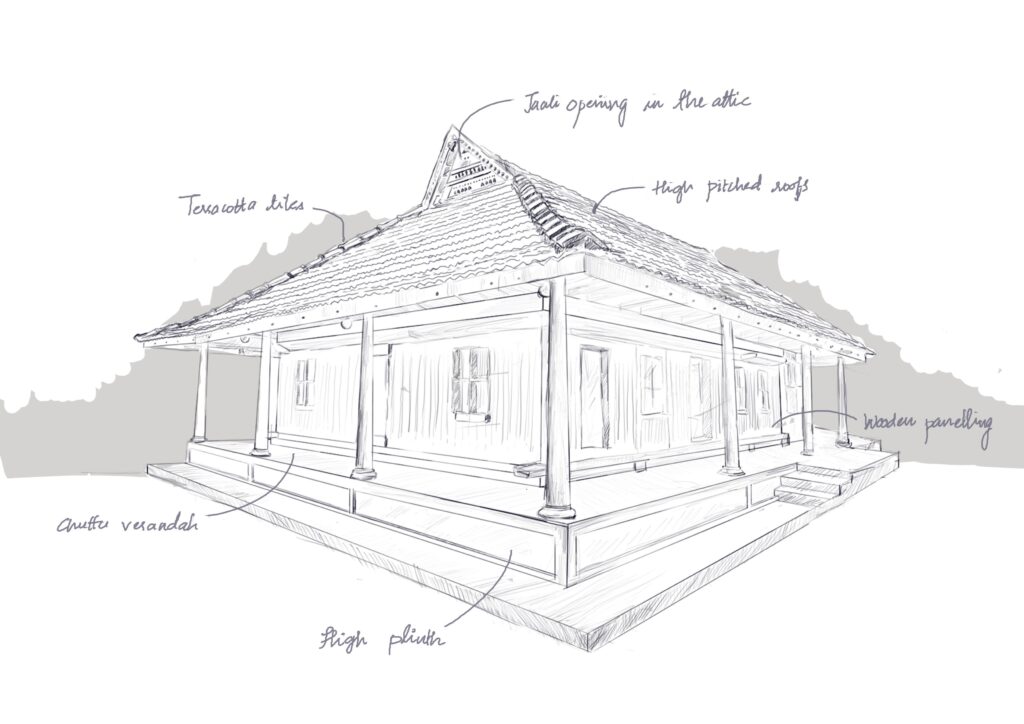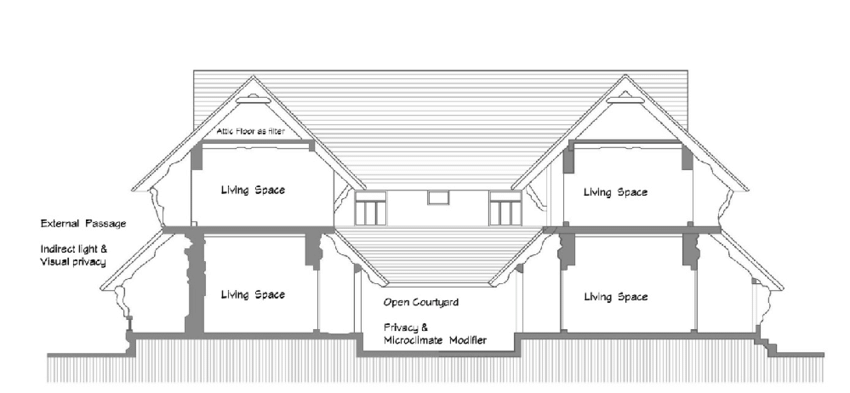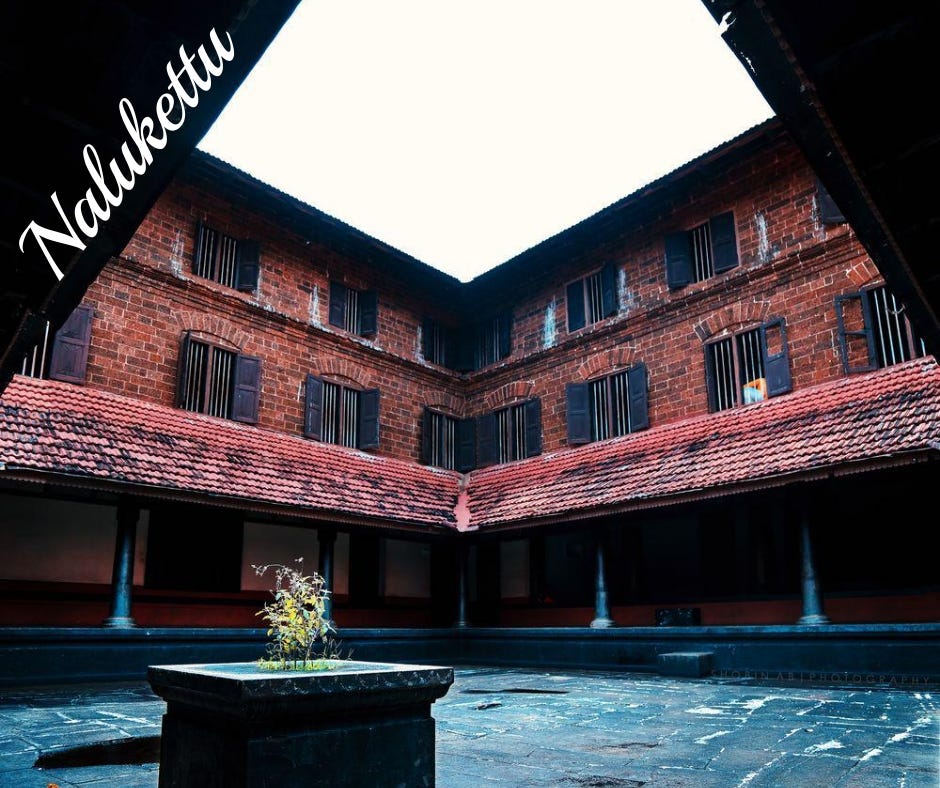


In the lush landscapes of Kerala, where tradition and nature coalesce, the Nalukettu architecture stands as a symbolic embodiment of the state's rich cultural heritage. More than just a dwelling, the Nalukettu represents a way of life deeply rooted in joint family living. Let's unravel the significance of Kerala's Nalukettu and explore how its central courtyards breathe life into the essence of communal harmony.
Architectural Poetry
Nalukettu, translating to "four blocks," is an architectural marvel that reflects the essence of Kerala's ancestral homes. Comprising four wings that surround a central courtyard, Nalukettu is a harmonious blend of wood, tile, and natural materials. The structure not only provides shelter but also serves as a poetic expression of Kerala's socio-cultural ethos.
Central Courtyards: Heart of the Home
At the core of Nalukettu lies its central courtyard, often referred to as the "nadumuttam." This open space is more than just an architectural feature; it's the heartbeat of joint family living. The nadumuttam is a place where family members gather for various activities, celebrations, and daily interactions. It fosters a sense of community, ensuring that the bonds within the joint family are nurtured and strengthened.
Communal Living
Nalukettu's design is inherently conducive to communal living. The four wings house separate units for different branches of the family, fostering privacy when needed. Yet, the shared nadumuttam acts as a unifying space, encouraging joint activities and a collective sense of belonging. This communal living arrangement fosters close relationships, shared responsibilities, and a unique sense of unity.
Ventilation and Harmony
The design of Nalukettu goes beyond aesthetics; it prioritizes the well-being of its occupants. The central courtyard serves as a ventilation hub, allowing natural light and air to permeate every corner of the house. This thoughtful design not only enhances the living conditions but also symbolizes the harmony between nature and human habitation.
Rituals and Celebrations
The nadumuttam becomes the stage for various rituals and celebrations. From festivals to family events, Nalukettu transforms into a vibrant space filled with laughter, music, and the aroma of traditional Kerala cuisine. The architecture seamlessly integrates with the cultural practices, creating a holistic living experience.
Contemporary Relevance
While the traditional Nalukettu lifestyle has undergone changes over the years, its core principles continue to inspire modern architectural designs. Contemporary homes draw from the Nalukettu ethos, recognizing the value of shared spaces and communal living in fostering a sense of togetherness.




Conclusion
Kerala's Nalukettu is not merely a structure; it's a cultural narrative etched in wood and brick. As we explore its central courtyards and delve into the nuances of joint family living, we find ourselves in the midst of a timeless tradition that celebrates kinship, harmony, and the vibrant tapestry of Kerala's familial bonds. The Nalukettu stands as a living testament to the enduring legacy of communal living in God's Own Country.